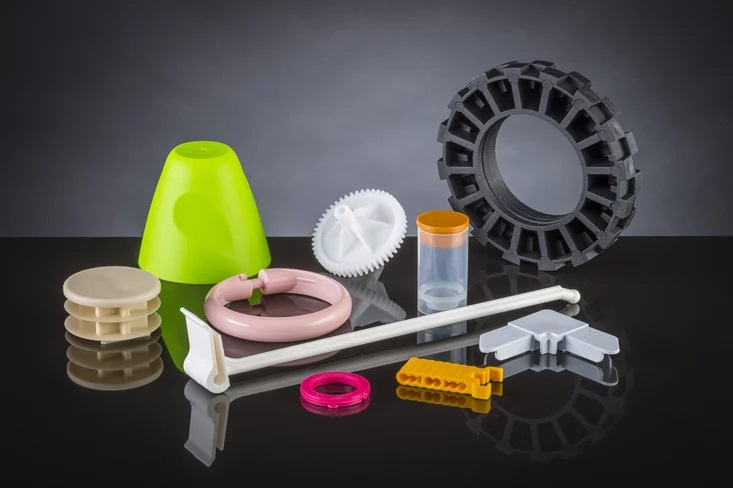

Plastic injection molding remains the most versatile of plastic molding processes. A comprehensive range of injection molding machinery exists in differing tonnages or pressure ratings, and common material choices include multiple plastic resins and a broad range of additives used to alter the physical properties of final parts. Based on machine type and material choice, injection molding can produce items ranging from large automobile parts to small precision medical components. While fabricating steel molds for plastic injection molding is expensive, this cost is offset by the low cost-per-part offered by the prety of material and finishing options, and expansive customization techniques have made injection molding one of the most popular manufacturing processes available for engineers.
The standard injection molding manufacturing process follows these steps:
● Plastic is heated to its melting point.
● The melted plastic is injected into the mold with a nozzle until all cavities are filled.
● The mold is cooled, creating a finished part.
● The finished part is ejected from the mold automatically using pins.
● Ulite also provides full set of injection molding service.